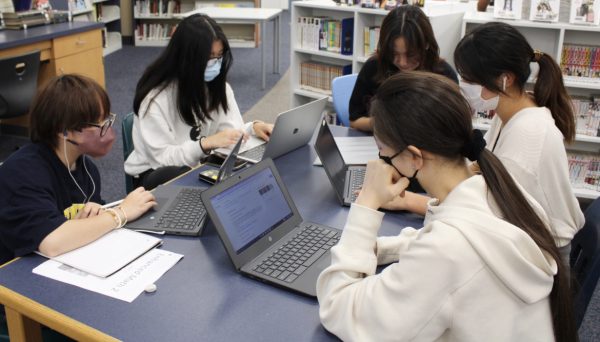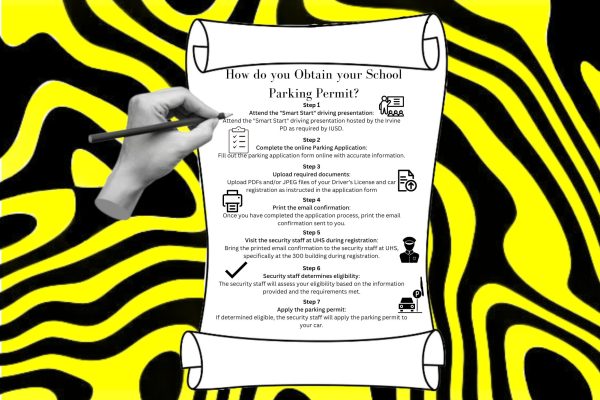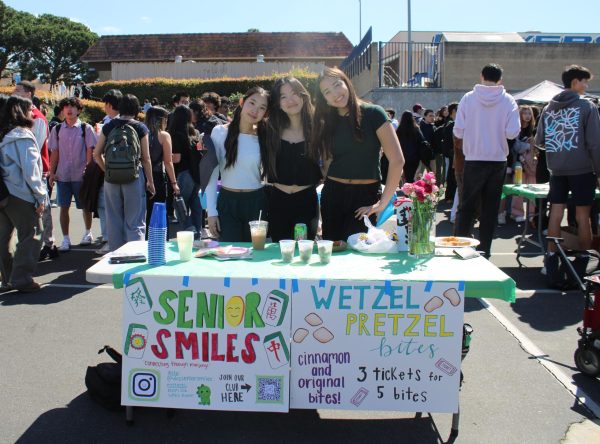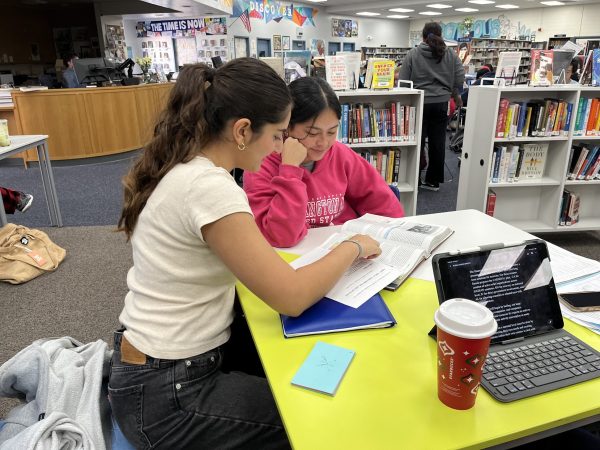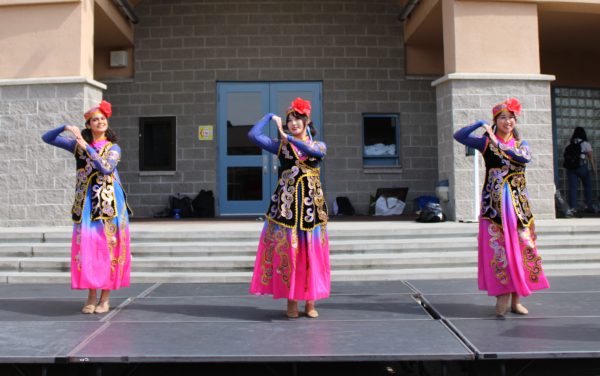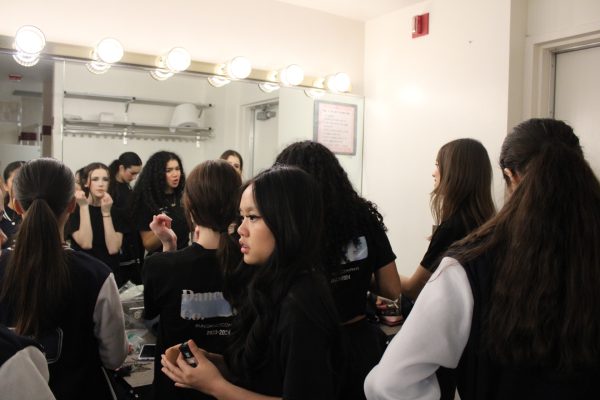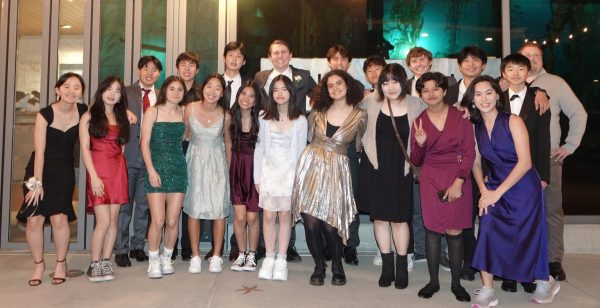What it is like to be a working student?
Non-copyrighted image from Unsplash.com
Amy Shephard is a junior at UHS who currently works at Dunkin’ Donuts.
January 11, 2022
Working during the school year is not uncommon at UHS. Many decide to get a job for experience and independence, as well as for additional extracurricular activities on their college applications.
Considering that most students are minors with little to no experience in any field, many UHS students opt to work at places like restaurants, coffee shops, clothing stores, and supermarkets. Working at such places can have its pros and cons.
“I work at UTC Dunkin Donuts,” junior Amy Shephard said. “I think the obvious perk from working is having your own source of income.”
Another positive aspect of working as a student is the life-long skills that it can teach. Working can give students a peek at what the adult life that awaits them looks like.
“It teaches me responsibility and time management,” junior Shannon Hegarty said.
Yet, despite its advantages, work is another obligation and responsibility for students, adding to those they already have from school.
“At times it can be difficult to manage my extracurriculars, sports, and school work alongside my job all at once,” sophomore Anna Gubin said, “especially since occasionally they can conflict with one another.”
Time is yet another hurdle in being able to combine school and work, especially considering the high academic standards and competitive nature of UHS.
“I mostly do closing shifts from around 4-9, so I’m coming [home] around 9:20-ish,” Shephard said. “This past week is a perfect example: every day I work, I have a test the next day, so it can make it hard to study for stuff.”
Work and school obligations can be overwhelming, taking away from the lives of our students, who desire to hang out with their friends and make memories.
“Work is a big-time commitment,” Hegarty said. “Sometimes I have to miss out on hanging out with friends or fun events because I have a shift.”
Since many working students are minors, some restrictions apply to their hours and work. To be able to work, minors need a work permit approved and signed by both the school and their parents. The work permit sets “the maximum number of hours a minor may work in a day and week, the range of hours during the day that a minor may work, any limitations, and any additional restrictions imposed at the school’s discretion,” according to California Child Labour Laws.
Restrictions on minors include not being allowed to handle alcohol products or unload trucks with heavy loads. Minors can work a maximum of four hours per day on any school day and eight hours per day on a non-school day, with a cap of 48 hours per week.
“I typically process 150-200+ permits per school year,” Ms. Angela Gatlin, who works in the UHS College and Career Center, said.
School administration will “monitor grades and attendance to ensure that work isn’t interfering with school performance,” Ms. Gatlin said. A working student’s GPA must be at least 2.0.





